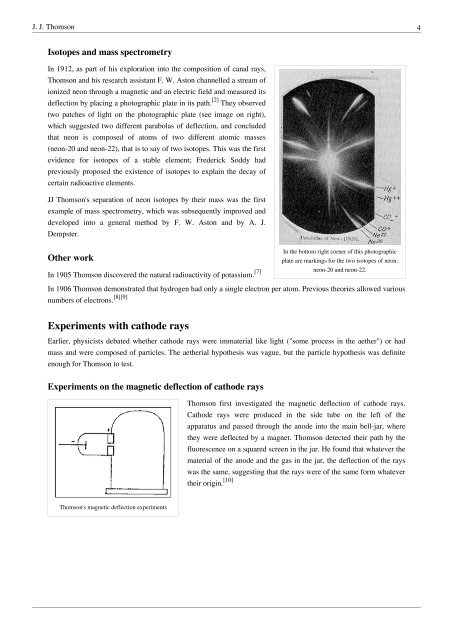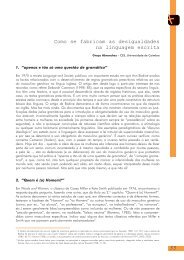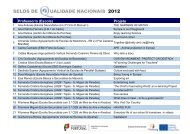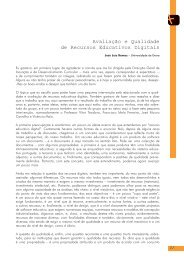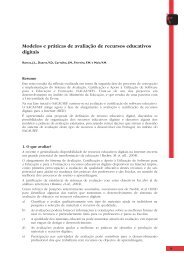J. J. Thomson - ERTE
J. J. Thomson - ERTE
J. J. Thomson - ERTE
You also want an ePaper? Increase the reach of your titles
YUMPU automatically turns print PDFs into web optimized ePapers that Google loves.
J. J. <strong>Thomson</strong> 4Isotopes and mass spectrometryIn 1912, as part of his exploration into the composition of canal rays,<strong>Thomson</strong> and his research assistant F. W. Aston channelled a stream ofionized neon through a magnetic and an electric field and measured itsdeflection by placing a photographic plate in its path. [2] They observedtwo patches of light on the photographic plate (see image on right),which suggested two different parabolas of deflection, and concludedthat neon is composed of atoms of two different atomic masses(neon-20 and neon-22), that is to say of two isotopes. This was the firstevidence for isotopes of a stable element; Frederick Soddy hadpreviously proposed the existence of isotopes to explain the decay ofcertain radioactive elements.JJ <strong>Thomson</strong>'s separation of neon isotopes by their mass was the firstexample of mass spectrometry, which was subsequently improved anddeveloped into a general method by F. W. Aston and by A. J.Dempster.Other workIn 1905 <strong>Thomson</strong> discovered the natural radioactivity of potassium. [7]In the bottom right corner of this photographicplate are markings for the two isotopes of neon:neon-20 and neon-22.In 1906 <strong>Thomson</strong> demonstrated that hydrogen had only a single electron per atom. Previous theories allowed variousnumbers of electrons. [8][9]Experiments with cathode raysEarlier, physicists debated whether cathode rays were immaterial like light ("some process in the aether") or hadmass and were composed of particles. The aetherial hypothesis was vague, but the particle hypothesis was definiteenough for <strong>Thomson</strong> to test.Experiments on the magnetic deflection of cathode rays<strong>Thomson</strong> first investigated the magnetic deflection of cathode rays.Cathode rays were produced in the side tube on the left of theapparatus and passed through the anode into the main bell-jar, wherethey were deflected by a magnet. <strong>Thomson</strong> detected their path by thefluorescence on a squared screen in the jar. He found that whatever thematerial of the anode and the gas in the jar, the deflection of the rayswas the same, suggesting that the rays were of the same form whatevertheir origin. [10]<strong>Thomson</strong>'s magnetic deflection experiments


